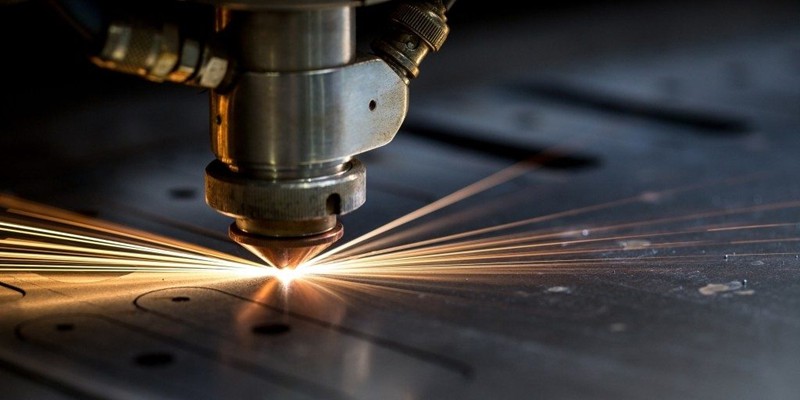- June 18, 2022
With the increasing demand for the latest technology, lasers are becoming more common for various purposes. Lasers are used for various manufacturing and reshaping processes. Laser etching is a faster method than annealing or engraving, and this ability makes it the fastest laser marking process. One of the most common metals used for laser etching is aluminum. Before starting a laser etching project, read and learn more about it
What is Laser Etching?
Laser etching is a process where a laser beam is used to create marks on a surface. This is done by releasing a large amount of energy at specific intervals. This can be used for a variety of purposes, such as engraving or cutting.
In the laser etching process, the laser’s extreme heat melts the surface of metals after contacting the metals. After melting, the melted material’s expansion occurs, leaving a mark on the material surface. In this process, the surface of a product or a part is melted to create marks on the surface.
The laser etching designs are produced in graphic design software. This graphic design software supports the vector files. The design is saved as a vector file after creation, then passed to the laser etching machines for printing purposes. The laser etching machines use a computer numerically controlled router to read the vector files. It also determines the pattern of laser movement to create the desired design.
Typical Materials: Aluminum Etching
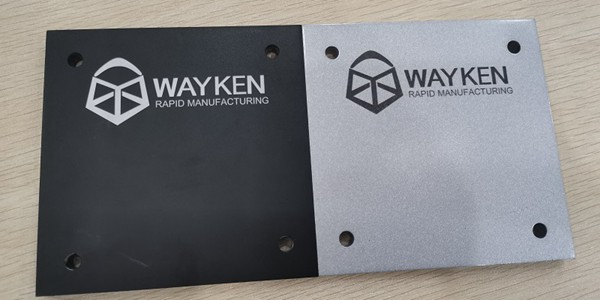
Laser etching can be used for almost all metals, including zinc, steel, lead, stainless steel, magnesium, and anodized aluminum. Aluminum etching is used widely for the etching of aluminum.
Aluminum etching is a process in which the metal is dissolved away accurately and selectively by using chemical or acid etchants to create required aluminum parts or components. It results in the creation of stress-free and burr-free components. This process produces parts with more defining features safely and quickly.
Laser Etching Process
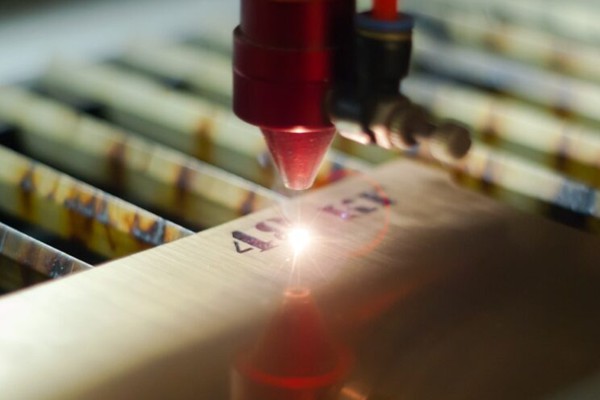
The laser etching work by pulsing the laser beam, thus releasing high energy. 100,000 pulses can be released by a pulsed laser of 100W, with each pulse containing energy equal to 1millijoule. The laser etching procedure requires less energy per area than engraving metals.
During the laser etching process, the beam strikes the surface of the components, which in return absorbs the beam energy and transforms it into heat. Moreover, it also converts most of the reflected beam energy into heat. The material should absorb energy for its micro surface melting and expansion.
The material’s temperature rises after the beam energy conversion into heat. The malleability of the component surface increases due to the high heat resulting in its shape change. The surface of material undergoes different changes after it is melted and is allowed to cool down in a short time. It creates permanent and high-quality marks on the surface of the material due to the changes in the roughness of the surface.
How to Etch Aluminum Panel with Simple Steps
You can etch your desired image or design into an aluminum panel in a very easy way. But as this procedure involves dangerous chemicals, make sure to take the necessary precautions before performing this task. You need some materials for a simple procedure, such as :
- Aluminum panel
- A design for the etching & gloves
- Hydrogen peroxide & Hydrochloric acid (You can mix 2:1. It will depend on the peroxide concentration. You may require to change the mixture, and mostly used 11 vol. peroxide)
- A shallow plastic container (to mix the peroxide with the acid)
- Glasses for eye protection & protective clothes
- Laser printer ink(white or black)
- Another container with water( to rinse the panel)
- Some PNP-blue sheets
You should try this procedure in an open and vented area so dangerous and bad gases, fumes, and water can not damage you and the surrounding area.
Step:1-Design creation & Printing on PNP
You can create a design in any vector application and need to flip the design before printing. You can print your design on a paper sheet. Extend a cutting piece of PNP blue from the edge of the design on the printed paper sheet. after sticking PNP blue on a paper sheet, then set a laser printer to print a good-quality image
Step:2 -Prepare & Clean the aluminum panel
In step 2, you need to prepare and clean the aluminum panel. First, cut according to your demand or choice and remove dirt and clean the panel with water, and let it dry for some time.
Step:3 -Transfer design
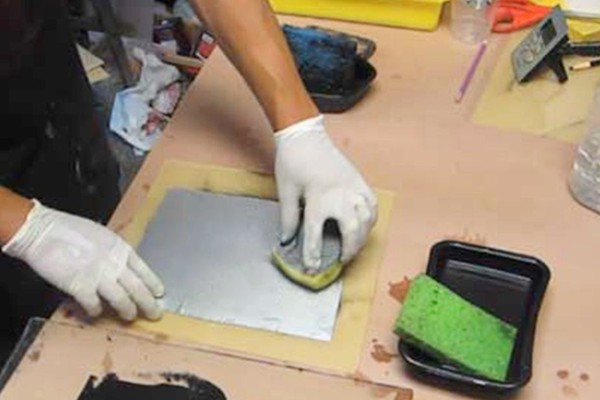
At this stage, transfer your design to the aluminum panel. It should be well aligned. Use tape to hold each side of PNP blue and protect it from the heat by placing some pieces of cloth on the panel.
You can use an iron to heat the toner and cover all sides. a Transfer is completed when it turns black. Remove the tape and put it on PNP blue. after placing PNP blue, remove it and allow it to cool.
Step:4 – Fix the missing mark & etch the aluminum panel
You can fix missing marks using paint or a sharpie pen and let the ink cover all the missing areas. In the open area, use the plastic container for mixing peroxide and acid. Mix it in proportion, add hydrogen peroxide, and then add acid.
The mixture reacts after placing into the container. Take out the aluminum panel and thoroughly clean it with water. Remove all tape and clean again.
Step:5 -Paint & Finishing the panel
Spray paint to the panel and let it dry for better adjustment. Remove the extra paint using any towel or nail paint. After drying the paint, use sandpaper to remove extra paint. after this step, rinses the panel thoroughly and let it dry. Now aluminum etching is completed.
Types Of Lasers Machines Are Used For Aluminum Etching
The laser machine can cut various materials such as paper, wood, acrylic, and MDF. Engraving is possible on leather, wood, glass surface, and various metals. There are some types of laser machines.
Fiber lasers
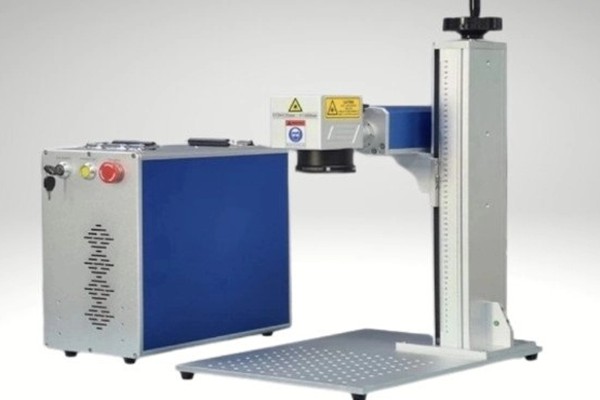
Both natural and anodized aluminum can etch by using a laser engraving machine. Among laser machines, fiber lasers are considered perfect for etching anodized and natural aluminum. Fiber lasers are used because aluminum etching is performed with metals, and metals can react better to fiber lasers.
CO2 lasers and Diode lasers
Natural aluminum can etch by using CO2 lasers and diode lasers. For this purpose, the aluminum is coated with a marking spray like Cermark or paint. On the other hand, the anodized aluminum can etch with the help of a 60W CO2 laser and a 10W diode laser. The aluminum is directly etched by using these etching machines with no need for an additional aluminum coating.
Difference Between Laser Etching and Laser Engraving
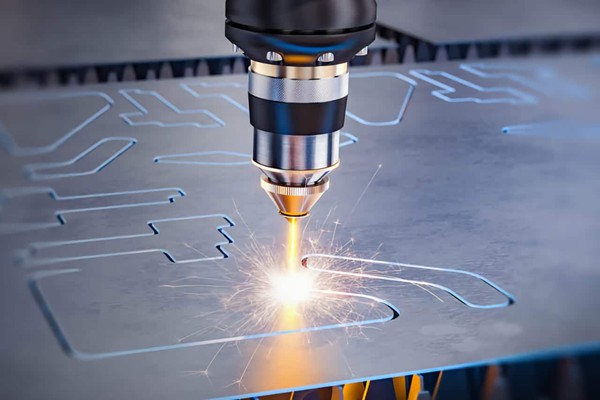
Laser etching and engraving processes have been used largely in various industries to mark stamps, text logos, barcodes, etc. Although they have similar processes, they also have differences.
Cut depth
The main difference between laser etching and engraving processes is the cut depth. Laser engraving will go all the way through the aluminum, while laser etching is a shallower cut, only going partially through the material.
Laser etching is often used for anodized aluminum, as it won’t remove the anodized layer. This process can be used for things like serial numbers, barcodes, or other graphics that need to be visible, but not too deep.
Hardness of the material
Both laser engraving and laser etching can be used to create high-quality, permanent marks on a variety of materials. However, laser engraving is typically better suited for marking hard, flat surfaces, while laser etching works well on softer materials or curved surfaces.
Formation
In laser etching, a mark is created by melting and expansion of metals using a laser. It is a part of the broader category. In contrast, in the laser engraving process, a cavity is created after removing material using a laser machine. In laser engraving technology, the material is vaporized.
Durability
Laser engraving produces a more permanent and durable mark than laser etching. A laser engraving system is usually effective for components that require high wear.
Production volume
Laser etching is more suited for larger production volumes, as the process is faster and more efficient. Laser engraving, on the other hand, is more time-consuming and is therefore better suited for smaller production runs.
Common Applications Of Laser Etching
Laser etching can produce permanent marks, and these part marking methods are mostly used for a wide range of materials and make this marking process a smart choice for various industries. Due to high demand, it is widely used in various industries, including aerospace, medical, automotive, military and defense, electronics, and industrial & tooling.
Laser etching is used for manufacturing applications as it is used for the creation of permanent marks and can physically remove the material on metals at high speed. It marks text logo, serial number, 2D Data, and barcodes.
It is usually used before coating the material to create raised marks. These raised marks help in maintaining traceability after the material coating. The process is mainly used for coated automotive parts and extrusion.
What Things to Consider for Laser Etching
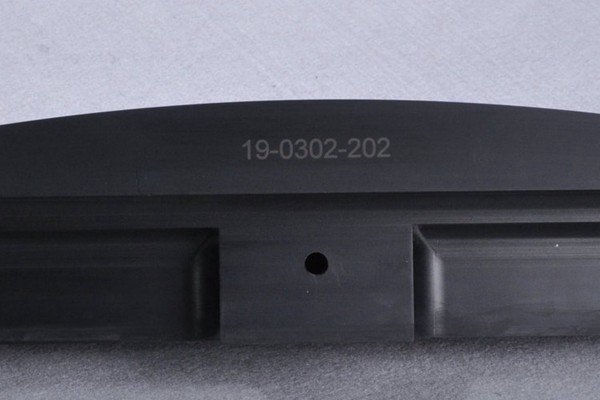
Laser etching is no doubt a versatile process and an ideal solution for marking metals using lasers. It is important to know what type of technology you require for marking? one critical factor except the marking procedure is to consider the type of laser engraver technology for marking. Many variables can affect your product in laser engraving machines.
Can the laser engraving machine be compatible with your project? It should be compatible with files that you have generated as per your requirements. But, proper precautions are required to get the desirable results. The following things should take into consideration for laser etching.
- Complexity
- Cost
- Design
- Time
- Material quality
- Accuracy
Considering everything mentioned above, you can get your required material design with higher accuracy under your budget and desired time.
Choose Laser Etching to Mark Your Parts
Laser etching is an important process in the marking of machined parts. Among all metals, aluminum, the most abundant metal, is widely used for etching lasers due to its high conductivity, versatility, and corrosion resistance properties.
During the process, metals melt due to the striking of the laser beam, leaving a mark on the metals. Aluminum etching is usually done by using fiber lasers, giving surprising results.
laser etching is considered best than laser engraving because it takes less time as the metals melt during the method, while laser engraving takes more time in metal vapourization. Various industries use laser etching for manufacturing purposes by considering time, cost, accuracy, etc.
You can confidently choose laser etching to finish the aluminum parts or other material parts you want to mark. At WayKen, you can find the best technology and we offer professional laser etching, engraving, cutting, and other parts finishing services. Our machines can easily allow us to etch or engrave on various materials and surfaces.

